Back when 3D platformers were all the rage, Kao the Kangaroo saw its debut in the year 2000 on both PC and Dreamcast. Players saw Kao journey through levels with his springy jump and signature punching techniques to beat up enemies. Unfortunately, the game received a mixed reception overall and we haven’t seen a new Kao the Kangaroo game since 2005. Originally announced on its 20th anniversary, Kao the Kangaroo finally returns to our living rooms. Have the years been kind to our Kangaroo friend, or is this game a total Knockout?

Kao the Kangaroo
Nintendo Switch
Also available for Windows, PS4, PS5, Xbox One, and Xbox Series X/S
Developed by Tate Multimedia
Published by Tate Multimedia
Released: 27th May 2022
Nintendo Switch copy provided by Tate Multimedia
For those unfamiliar, Kao the Kangaroo is a traditional 3D platformer with multiple hub worlds to explore, as well as a selection of levels to traverse and obtain collectables. Players explore various environments to reach the main goal at the end. Collectables are scattered across the levels for completionists to obtain, such as Crystals, Runes and the letters “K”, “A” and “O”; these are optional for the most part. The collectibles are, for the most part, entirely optional for those looking to attain 100% completion. These aren’t particularly challenging but do help to give the game a little more depth other than simply rushing toward the end. The Runes are used to unlock future levels, but are generally placed on your path as you proceed. They are hard to miss and had me questioning if there was really much point to them. If levels were just procedurally unlocked from completing the one previous, it wouldn’t detract at all from the experience of the game.
The game opens with Kao having a rather ominous dream of his sister, seeing her disappear after announcing “it’s time!”. Shortly after, Kao embarks on a journey to find his missing Dad with the help of his mentor, a Koala named Walter and the mysterious Eternal Gloves, once owned by his Dad. The game will then take the player through a short tutorial to learn about the basics of the game. Kao’s main technique is his punch which can be incredibly satisfying, especially when fighting multiple enemies. Dodging with a roll and rushing back to a group of enemies to punch your way through them just feels great. After enough hits, Kao builds his “rage meter” which allows you to let out a satisfyingly large punch, this will exert a large energy field, hitting multiple enemies within a certain distance. The combat is one of the best parts of this game and really sets it apart from other 3D platformers. After completion of each hub-world is a boss fight, and this is where Kao’s fighting comes into its own and tends to be really fun. Boss fights usually begin with Kao punching down the enemy’s health bar, until they step into phase two where they usually begin throwing objects for Kao to deflect or dodge while trying to stun the boss.

While traversing through each level, there will be the occasional puzzle to stop players in their tracks and think about their next step before rushing forward. Sometimes it’s as simple as beating all the enemies within the immediate, enclosed vicinity while other times it’s about finding and activating buttons. I didn’t find anything particularly challenging, but it was a nice change of pace to make me stop and think rather than mindlessly punching my way through levels. As you progress through the game, Kao’s enchanted gloves can absorb Fire, Ice and Wind elements for activating platforms and manipulating the environment to move forward. Once used they disappear until you are able to top that power up once again There are three available slots which can be occupied by any combination of these elements. When I first discovered this mechanic, I was excited at the prospective challenge this might provide me throughout the game as I carefully preserved these powers, however I found myself mostly disappointed that they were almost always available immediately in front of the obstacle they were to be used for. It felt a bit redundant to even have the elemental power as it was always so easily and readily available when required.
Hidden within every level are a number of “Elemental Wells”. These usually contain a good number of Ducats (this world’s currency) as well as Crystals to collect. These are considerably more challenging but entirely optional. Once found, these can be replayed as often as you like from any of the hub-worlds. I found these immensely fun and they helped break up the gameplay from the main levels. At the end of each, your time is displayed and so it can be fun to retry and see if you can beat previous times. I feel the developers missed a golden opportunity here to include some kind of online leaderboard to further incentivise replaying and rushing these challenging side-levels. Kao the Kangaroo’s health system works in very similar ways to Legend of Zelda. Kao has health displayed by a number of hearts which can be increased one at a time, by obtaining four heart containers. Once these are depleted, Kao loses a life and returns to the previous checkpoint. Losing all lives means restarting the entire level. On the face of it, there isn’t a lot to set this system apart from many other video games, but locating the heart containers and increasing Kao’s health always felt satisfying.
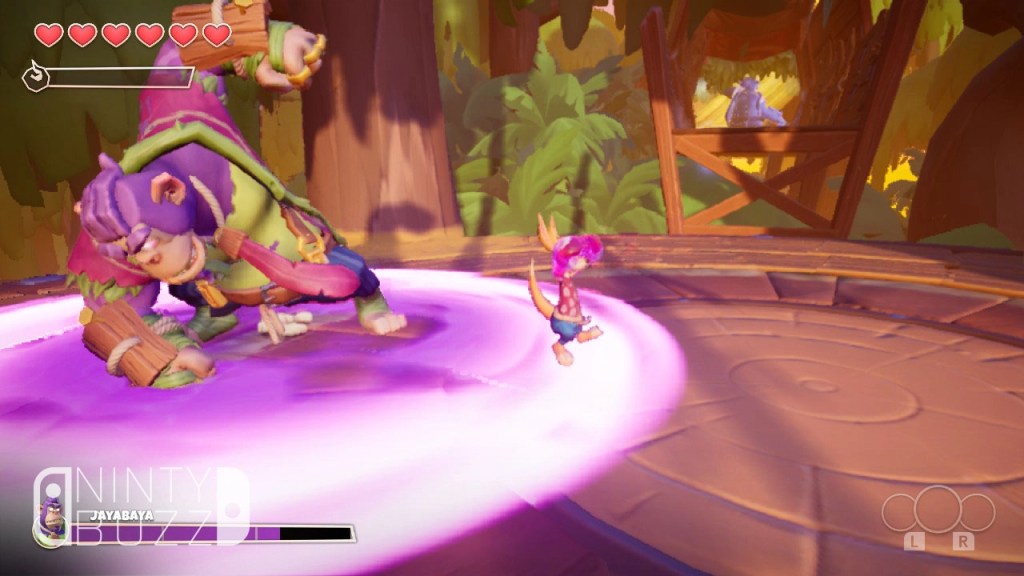
Ducats are abundantly available in every level and usefully guide you to where you need to go as well as being hidden in chests. Ducats can be spent at the shop in each hub world where players will be able to purchase additional lives, heart containers and also be able to purchase accessories for Kao. While the accessories such as new T-shirts or Sunglasses are aesthetic only, they are unlocked only by completing levels or obtaining “K”, “A” and “O”. For those not already incentivised to explore further than the standard path, this may help at least a little. Some of the accessories are fun, with one unlocking Kao’s original design from the Dreamcast era which I felt was a nice touch. I was a bit let down however as the accessory load-out was not portrayed in cut-scenes.
The game’s narrative is driven by cut-scenes, usually when leaving or arriving at a new hub-world as well as confronting each boss in the game. The voice acting makes British Soap Operas look worthy of an Emmy and the story itself left a lot to be desired. I usually love to sit back and enjoy cut-scenes when gaming so I can fully grasp the lore of the world and invest myself in characters, no matter what the setting, but if I wasn’t reviewing this title I would have been more than happy to skip each and every one of these. If the voices weren’t bad enough, the writing is plagued by dated pop-culture references like Skyrim’s “arrow to the knee” amongst other cringe-worthy writing. Although it’s a swing and a miss, I would suggest anyone thinking of playing this game not let this bother them. After all, I would imagine most aren’t swaming to Kao the Kangaroo for a hard-hitting emotional story, it’s just slightly disappointing that the game gained absolutely nothing from this.

On the subject of Kao’s drawbacks, the general performance on the Switch is astonishingly poor. Opening chests with bundles filled with Ducats will always throttle the frame rate, as will certain enemy attacks and even background animations in certain levels. I tried and tested this on both docked and handheld mode and found myself questioning why this title was not optimised better for the Switch. The game is not particularly testing when it comes to graphics or the environments and it really should run a lot better than it does. Early on, it felt like a slight annoyance which I could get over, but the deeper into the game I got, especially the final quarter, the more I could see this chugging along like a truck with terrible engine troubles carrying a herd of elephants. This was particularly the case on one boss fight where the frames were so low I didn’t even see the camera change angle, it just outright flipped from the front of Kao to his back.
Not only does the game suffer from horrendous frame rate drops but I was unfortunate enough to experience a number of bugs in my playthrough. The game originally suffered from a save bug, which meant I lost hours of gameplay from one sitting. Credit to the developers however, as they have since fixed this in their 1.2 version update. Other than that I also experienced times where I might accidentally clip into certain objects and be unable to remove myself, or find that doors which were supposed to open and lead me onto the next part of the level would stay eternally shut. This often meant restarting the entire level as there isn’t a “restart from checkpoint” function. As I made my way into the final stages of the game, I found some ear-tearing audio bugs where the music would constantly stop and start as well as distort, as if I was listening through a GameBoy Color system. I am hopeful the developers are proactive enough to fix these and the aforementioned frame rate dips, but as it stands it leaves a sour taste in my mouth for what I considered an otherwise enjoyable return to traditional 3D platforming.
In theory, Kao the Kangaroo is a fantastic game that fans of 3D platforming should not skip. The compromises that appear to have been made for the Switch version just don’t quite outweigh my enjoyment of the game and I find it difficult to recommend it. I would implore anybody interested in this game to try it on a different platform where possible. I would have loved to have scored it higher as I don’t consider it an objectively bad game, but the technical glitches do indeed drag it down under.


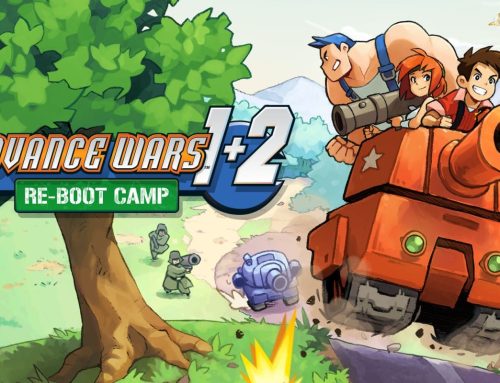
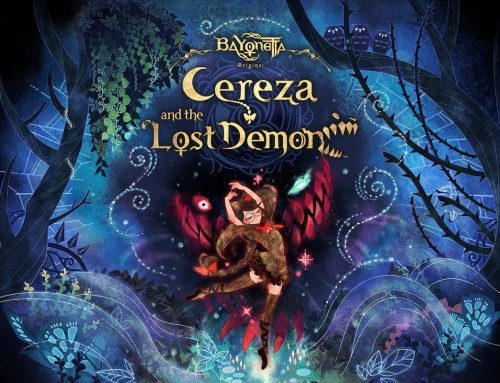


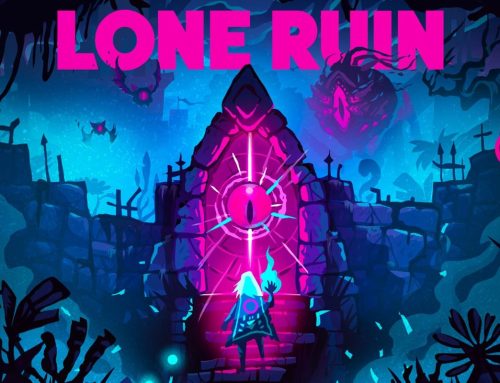


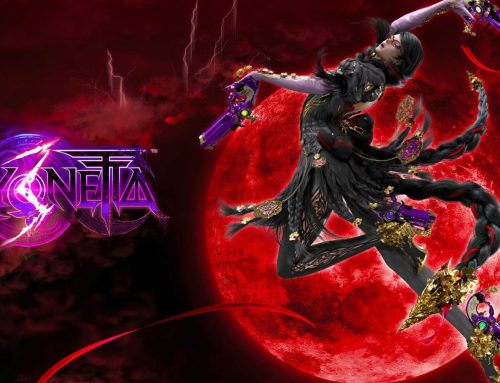
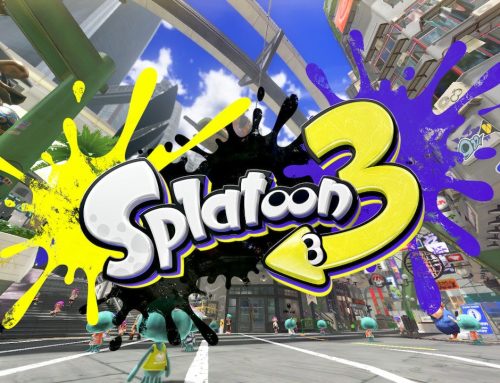

Leave A Comment
You must be logged in to post a comment.